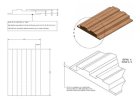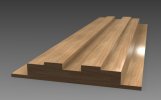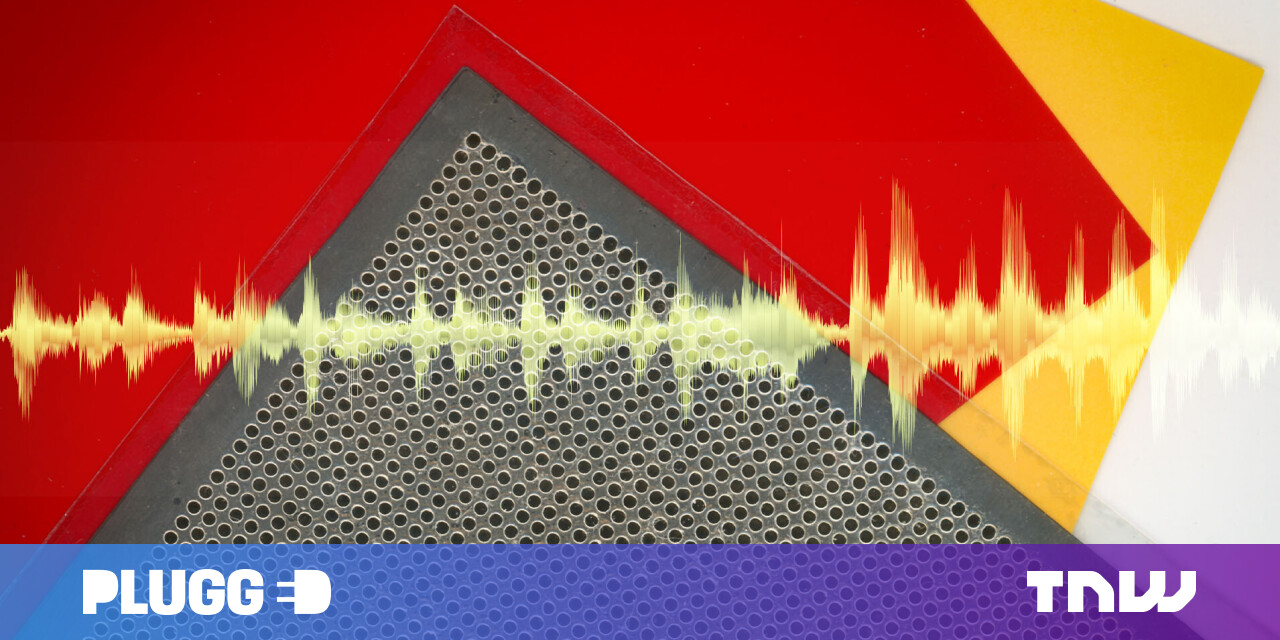I'm considering custom-making a diffuser panel that will go on the back of the speakers. I'm seeking information and advice so that I can avoid mistakes.
I see several types of these panels. Most of them are wooden blocks of various sizes and shapes.
While, some are more artistic.
There are others which are essentially long bands/strips that cover the walls; ceiling to floor.
Which ones are the most effective? How does one go about choosing these?
With wooden blocks, is there a recommend size? (2" or 4"). I prefer smaller ones.
Are there specific wood types that work the best (rubber wood, neem, mango or pine)
DIY Video of standard blocks
3D?
I see several types of these panels. Most of them are wooden blocks of various sizes and shapes.
While, some are more artistic.
There are others which are essentially long bands/strips that cover the walls; ceiling to floor.
Which ones are the most effective? How does one go about choosing these?
With wooden blocks, is there a recommend size? (2" or 4"). I prefer smaller ones.
Are there specific wood types that work the best (rubber wood, neem, mango or pine)
DIY Video of standard blocks
3D?




